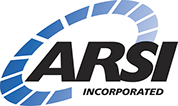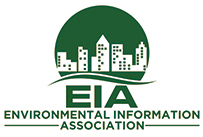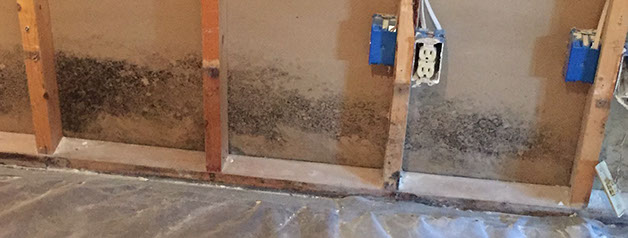
ENVIRONMENTAL & DEMOLITION CONTRACTORS
P.O. Box 105287, Jefferson City, MO 65110-5287
1.800.769.5798
Service-Disabled Veteran Enterprise (SDVE)
Environmental & Demolition
Contractors Since 1985

Mold
Since 2001 Asbestos Removal Services, Inc. (ARSI) has responded to and helped solve dozens of mold and related indoor air quality problems for our customers. We utilize the skills, experience and training gained from our 30 years of asbestos and lead abatement projects to professionally and efficiently correct mold issues when they arise.
Contact us about a mold inspection at your industrial, commercial, or institutional site.
Facts About Mold
- Mold is found everywhere as it is a naturally occurring organism. Mold is an essential component of natural decomposition outdoors. However, mold indoors can cause problems.
- The term ”toxic mold” is a misnomer. While certain molds are toxigenic, meaning they can produce toxins (specifically mycotoxins), the molds themselves are not toxic or poisonous. Hazards presented by molds that may produce mycotoxins should be considered the same as other common molds.
- Molds reproduce by making spores and can enter your house through open doors or windows, by attaching themselves to pets or clothing or through your heating and air conditioning system where outdoor air intakes are present.
- Molds need moisture to grow. Common places for mold growth in the home are in bathrooms and basements where moisture is or has been present or humidity is high.
- Mold in the home or business can cause allergic reactions, hay fever-like symptoms and asthma attacks. However, mold does not always present a health problem indoors. Some people are sensitive to mold, others not so much. Immunocompromised persons, persons with allergies or persons with chronic lung diseases like COPD are at increased risk for allergic reactions and infections.
- Many construction materials can provide enough nutrients to enable mold to grow if moisture is present. Cellulosic materials such as ceiling tiles and paneling, paint, wallpaper, drywall and carpet, commonly support mold growth.
- If mold is detected, even if no ill health effects are present, act quickly. Mold damages what it grows on. The longer it grows, the more damage it can cause. The first step in remediation is solving the water or moisture problem that is enabling the mold to grow. The next step is to have the mold removed by a professional to ensure that it does not return.
Links for Frequently Asked Questions about Mold:
EPA Publication of : “A Brief Guide to Mold, Moisture, and Your Home”
https://www.epa.gov/mold/brief-guide-mold-moisture-and-your-home
EPA Publication of “Mold Remediation in Schools and Commercial Buildings”
http://nepis.epa.gov/Exe/ZyPURL.cgi?Dockey=000002YC.txt
OSHA Recommendations for Mold in the Workplace
https://www.osha.gov/Publications/preventing_mold.pdf

Contact ARSI
(800) 769-5798
ARSI, Inc.
P.O. Box 105287
Jefferson City, MO. 65110
Or
See the CONTACT US page for email address and inquiry form.